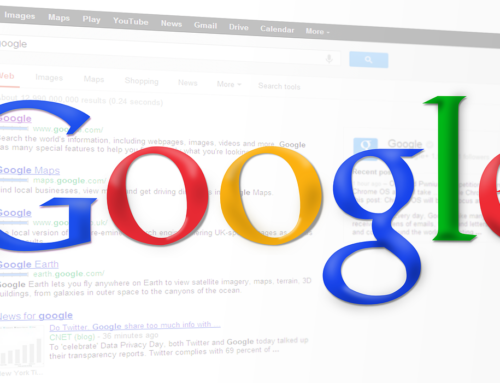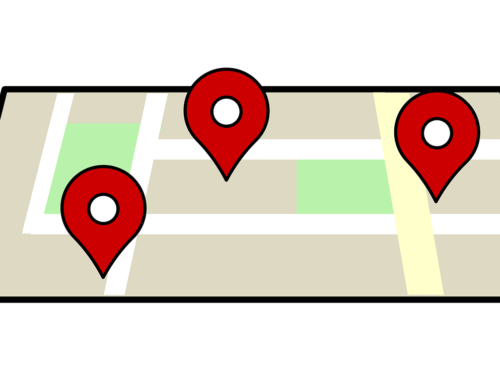 It seems like a silly question to be asking.
It seems like a silly question to be asking.
Is your Facebook reach really as bad as you think it is?
We’ve all heard our fellow business owners complaining about how their Facebook posts are reaching less of an audience than ever. They may be experimenting with Facebook ads to boost posts or bring more likes to their page. They may even be thinking about buying likes. But is their Facebook organic reach really that bad?
Well, yes it is. Those numbers in your page insights reflect a pretty small percentage of your actual fans. And that, friends, is pretty depressing. But before you plan to dump your Facebook page and rush over to Twitter or G+, you should know a few things.
First, Twitter’s organic reach isn’t much better. With Twitter, if you send out a tweet at 10 am, and most of your followers are off doing other stuff, they aren’t likely to scroll far enough through their timeline to see that tweet. But are your followers any more likely to be online at 2 pm, or 7 pm? Without some in-depth research, that a lot of small to mid-sized businesses don’t have the money or time to complete, it’s hard to know when your tweet is most likely to be seen by your followers. You can look at your analytics to get some ideas, but they aren’t going to give you any ideas for when to post. You can invest in apps to help tell you when you should be posting, but on top of the cost of social media management, it may be an investment you’re not willing to make.
We decided to gather some stats for a few accounts that we’re familiar with (the account owners have given us permission to share these numbers). On one with about 1,500 Twitter followers, the top tweet is the one currently pinned. In fourteen days, it’s received 686 impressions, which really isn’t too bad for an account of that size. In total for the last fourteen days, 54 tweets have received 4,190 impressions. That roughly translates to a reach per tweet of 78. That means that about .01% of that account’s followers saw a tweet.
On an account with 6,500 followers, the top tweet received only 388 impressions, proving that bigger isn’t always better (although, to be fair, this tweet was targeted at a much smaller audience). In total for the last fourteen days, 374 tweets have received 25,700 impressions. That roughly translates to a reach per tweet of 69. That means about .01% of that account’s followers saw a tweet. See a pattern here?
Looking at fourteen days’ of posts on a Facebook page with 500 likes, we see 83 posts with a reach of 943. That’s an organic reach per tweet of eleven. It’s a huge difference from Twitter, but remember the smaller number of likes. A solid 2% of fans saw a post on the Facebook page. Granted, it’s still a ridiculously small number, but it’s larger than the number we saw on both Twitter accounts.
Now, clearly this sample is not large enough to be considered scientific. But it does give us some hard numbers from established social media accounts. Each of these social media accounts are over a year old, and the owners of each account are working on a regular basis to grow the accounts. They are engaging with users and posting a mixture of evergreen and fresh content. None of them has ever used paid methods to grow followers or post engagement. All of them employ a part-time social media manager. And their reach is less than spectacular. When we had the numbers crunched, we asked the owners if they would ever consider pulling back on their social media presence, given their reach numbers, and the answer for all three accounts was no.
By using link tracking software (such as Hootsuite) and specialized landing pages, the owners of these accounts are able to track conversions and sales, and they know that their social media presence is bringing them clients. They feel that the cost of maintaining those accounts is worth the return on investment.
While your organic reach on social media platforms may be low, it’s important to look at other measurements to determine your true return on investment. Reach alone doesn’t tell you if you’re getting eyes on your content or if those eyes are converting to customers. Look at the total picture as you craft your ever-changing social media strategy.
We can help! Let’s CHAT!





